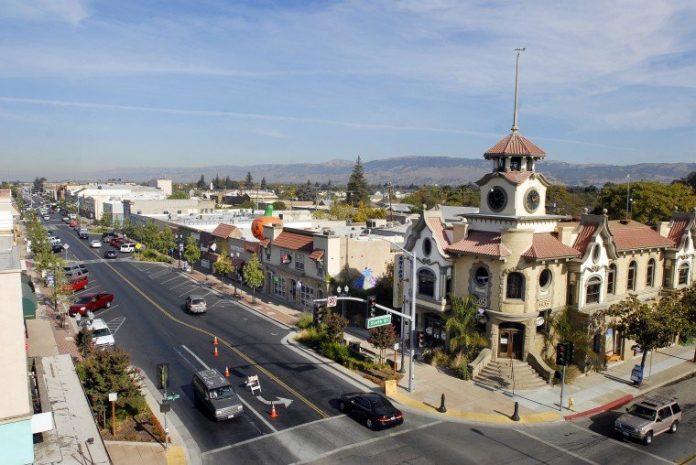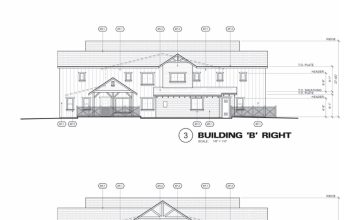
The costs for certain developments within Gilroy are set to increase by up to 15 percent in July after the city council unanimously adopted a resolution this week that officials said will fund long-term planning activities like the General Plan and High Speed Rail Master Plan updates.
Development Center Manager Lee Butler, who first proposed the fee increase at the Jan. 27 council meeting, said a 15 percent surcharge will be tacked onto the cost of filing an application with the Planning Department and a 4.6 percent surcharge will be added to the costs of filing public works projects and certain building applications.
Over the next 12 years, consultants and staff costs for the General Plan update process, zoning code updates, planning for the High Speed Rail system and others will amount to approximately $3.4 million, according to Butler. Up until now, he said, the city alone has been bearing those costs.
“We made the case that the development community should also share in the burden in funding those planning activities,” Butler said.
Even homeowners who choose to add on a second story to a home will have to pay more, according to the resolution.
At the meeting where the fee increase was first proposed, Gary Walton, downtown advocate and developer, pointed out that Gilroy already has some of the highest development fees in the entire state.
“We need economic development, and you don’t want to price it out,” Walton said. “Other communities understand that and are lowering their fees to remain competitive.”
In 2013, the National Association of Homebuilders surveyed the average costs to build a three-bedroom, single-family home with a market value of $200,000 across the country.
California’s fees averaged around $31,000 to build the single-family residence, while the costs rose to nearly $46,000 in Gilroy.
Walton asked the council to consider excluding the downtown area from the fee increase, concerned it will make it less attractive for development.
“Adding to the costs of developing in downtown Gilroy is a mistake,” he said.
But Butler explained that excluding particular areas from the fee increases would have limited Gilroy’s ability to increase fees for some of the larger developments the Garlic Capital has seen in decades.
A new neighborhood will eventually carpet 112 acres of property nestled south of Hecker Pass Highway and 186 single-family homes are slated for construction within the Hecker Pass Specific Plan Area.
Within that specific development agreement is a provision that states “no fee increases will apply to the project unless said fee increase is applied citywide,” Butler explained. “(The fee increases) are not very significant on a project-by-project basis, but when you add all that up over the course of 12 years, you really accumulate enough money to apply funding toward a substantial portion of the long-range planning costs.”
During the allotted public comment period, no one spoke for or against the fee increases and Butler sees that as a good sign.
“By not having anyone at the hearing on (April 7), I think that isn’t necessarily an endorsement, but at least it reflects an understanding that these are significant costs for the city,” he said. “It shows there wasn’t strong enough opposition to come out and make a case for an alternative approach.”
The fee increases are slated to go into effect on July 1.













